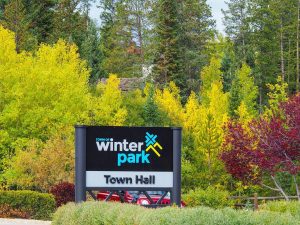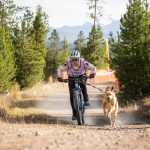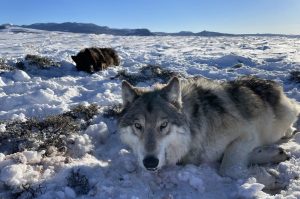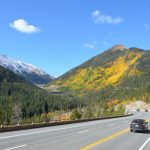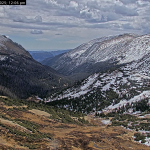Gone but not forgotten: Uncovering the history of long-lost ghost ski areas in Colorado’s Rocky Mountains
Summit Daily

Colorado Snow Sports Museum and Hall of Fame/Courtesy photo
You know Breckenridge and Copper and Keystone and Vail, Arapahoe Basin, Beaver Creek, Aspen-Snowmass and Steamboat. But do you recall some of the lost Colorado ski areas that began it all?
From Berthoud Pass to Geneva Basin Ski Area, the lost ski areas of the Colorado High Country have left deep tracks in the history of the snowsports industry. Although the lifts no longer run, some of these ghost slopes are still accessible to daring backcountry adventurers seeking fresh powder.
Over the decades, snowsports have transformed into a full-blown industry with ritzy resorts and high-tech lifts, but the ethos these early ski resorts embodied has not entirely been lost, according to Colorado Snowsports Museum and Hall of Fame’s Director of Collections, Dana Mathios.
“It wasn’t really about profit. It was about fun,” Mathios said of the early days of snowsports in Colorado. “I think it was just a different mentality. (The ski industry) did kind of change into a monster. I love it — don’t get me wrong — but it’s a beast.”
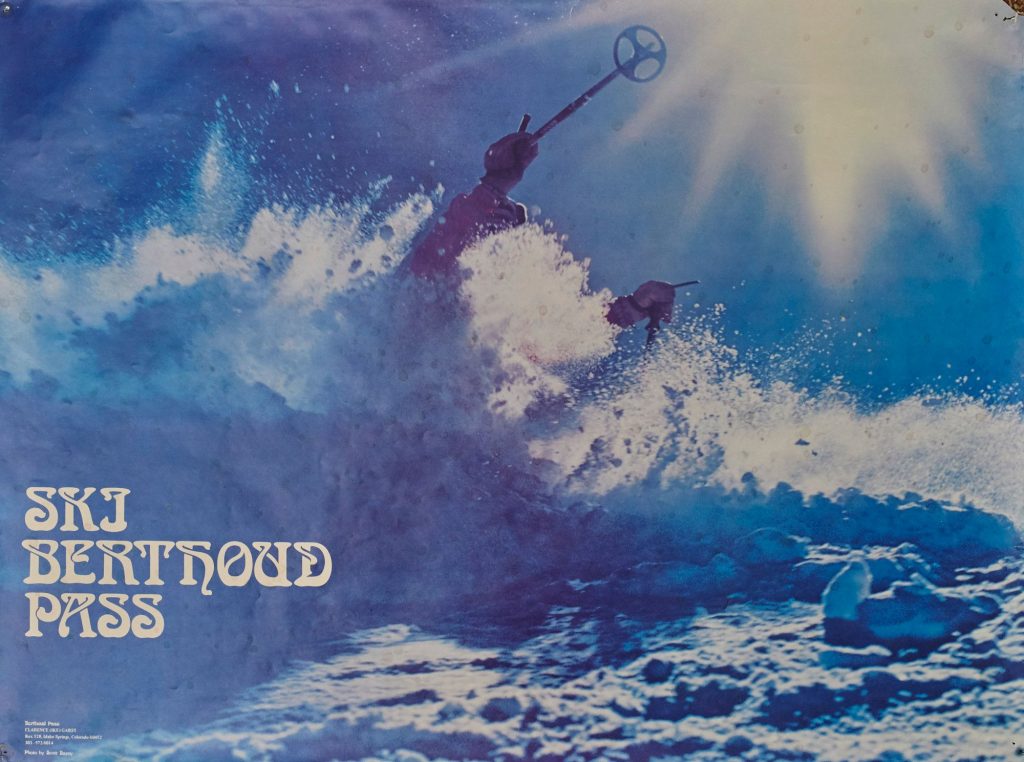
Skiing in Colorado can be traced back to the late 1800s, when mountain dwellers donned two long, wooden boards underfoot — not for sport but for increased mobility in the High Country’s snow-capped peaks.
A pair of wooden skis recently donated to the Colorado Snowsports Museum highlights the utility skis offered to Coloradans in the decades before snowsports took off as a recreational endeavor, Mathios said. The modest wooden boards with “crazy wires” protruding from the front were used by a farmer to descend the mountains to check on his livestock, she said.
“When skiing first came to Colorado, it was mostly a transportation-type tool,” Mathios said. “I think the first documented use of skis was in what is now Breckenridge and that was 1859-1860 in a mining camp. That’s always overlooked a bit.”
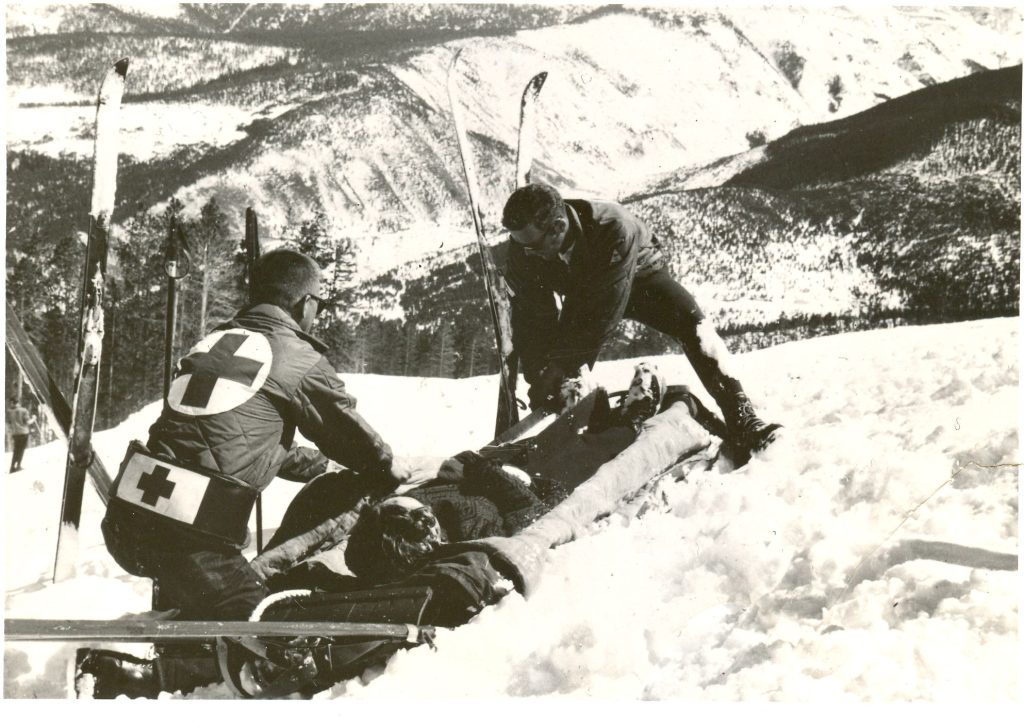
As immigrants from northern European countries, like Scandinavia and Norway, increasingly flocked to Colorado toward the turn of the century, they brought skiing — and ski culture — with them. Soon ski jumping and ski festivals began to pop up in communities across the Rocky Mountains.
Carl Howelsen, a Norwegian immigrant who came to the United States in 1905, is credited with spurring forth the competitive and recreational pursuit of skiing in Colorado. A winner of major skiing championships back in Norway, Howelsen helped transform skiing into a true sport in Steamboat Springs, setting in motion a new era of skiing.
In fact, Howelsen Hill Ski Area in Steamboat Springs, which opened in 1915 and boasts the title of Colorado’s oldest continuously operated ski area, still bears the name of that famous
“Flying Norwegian.”
But, while Howelsen Hill has remained open all these years, so many other ski areas have closed.
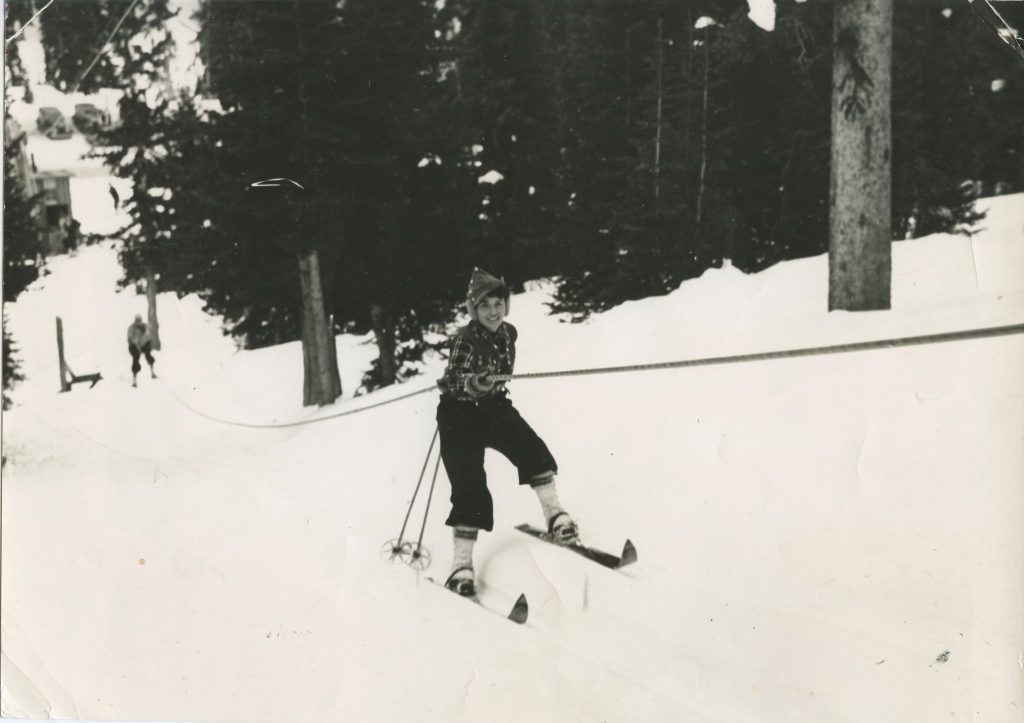
Before World War II, skiing was largely a ‘Do It Yourself’ activity, Mathios said. The way most ski areas got their start around the turn of the 20th century was with someone saying, “Hey, I have an old car engine. Let’s make a lift where families and locals can ski,” she said.
Berthoud Pass Ski Area — perhaps one of Colorado’s most famous lost ski areas — got its start in several years before U.S. involvement in World War II. Beginning in 1937, the ski area opened one of the state’s first tow ropes, powered by a Ford engine and run by volunteers on weekends, according to the Colorado Snowsports Museum.
Accessible only to backcountry skiers today, Berthoud Pass embodies much of what is both fascinating and puzzling about the history of skiing in Colorado, Mathios said. As the ski industry modernized after World War II, the ski area located on the border of Grand and Clear Creek counties built the first double chair in the state and enjoyed success by catering to both expert skiers and families traveling from Denver.
But it also floundered over the decades, suffering financial woes and weathering permit and lawsuit fiascos, sometimes closing and changing owners, reopening and upgrading equipment or promising upgrades that never came to fruition. In 2001, lift operations closed for good at Berthoud.
What exactly led to Berthoud Pass to shut down permanently is unclear, Mathios said. But running a ski area has always been a precarious business between the seasonal uncertainty of snowfall and debt many resorts took on to install lifts.
“Gosh, why did it close? It just seemed so perfect. They have great snow. It seemed so inherently perfect with the conditions they have,” Mathios said. “You see so many resorts investing so much in lift technology and not being able to pay it off. I’m not sure if that’s what happened here.”
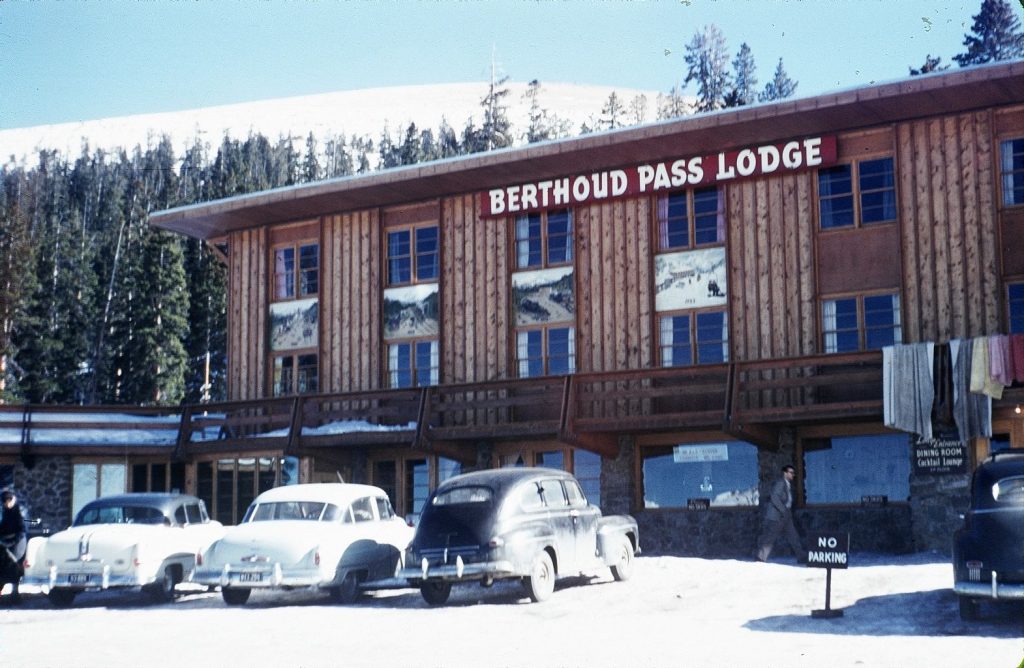
Another lost ski area near and dear to Coloradans’ hearts got its start in that post-World War II era, as the construction of the Interstate 70 corridor snaked its way through the mountains providing a new customer base for the growing snowsports industry.
Geneva Basin Ski Area opened near Georgetown in 1963 under the name “Indianhead.” Much like Berthoud Pass, Geneva Basin faced continuous financial troubles until its ultimate closure in 1984. Lack of snow and debt appear to be the biggest factors that contributed to Geneva Basin’s eventual closure, Mathios said, though backcountry skiers still frequent its slopes.
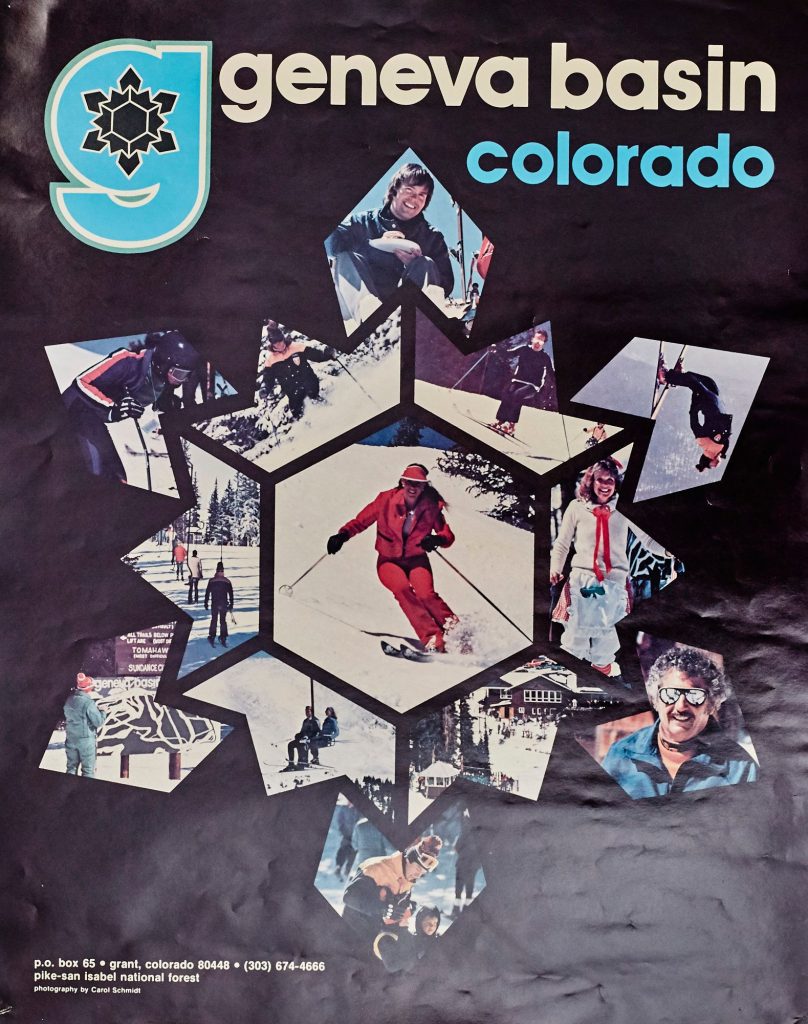
During the era of skiing that birthed Berthoud Pass and Geneva Basin, ski areas were operating as businesses but often had a “break-even” mentality, where the bottomline was fun, not profit, Mathios said.
For those who skied these mountains, the slopes took on a personality of their own and became set in the collective memory of a generation of Coloradans.
“These places meant so much to people beyond just a recreational pursuit,” Mathios said. “It was like their best friend.”
As snowmaking and lift technology exploded heading into the 21st century, the business model for ski resorts changed. But the underlying joy that gave snowsports their start in Colorado has not, Mathios said.
“With a snowmaking department, lift operators, so many different moving parts, the ski industry has grown so much,” she said. “But I think that passion is still there, though. Deep down there is still that passion and drive.”
This story is from Summit Daily.

Support Local Journalism

Support Local Journalism
The Sky-Hi News strives to deliver powerful stories that spark emotion and focus on the place we live.
Over the past year, contributions from readers like you helped to fund some of our most important reporting, including coverage of the East Troublesome Fire.
If you value local journalism, consider making a contribution to our newsroom in support of the work we do.
